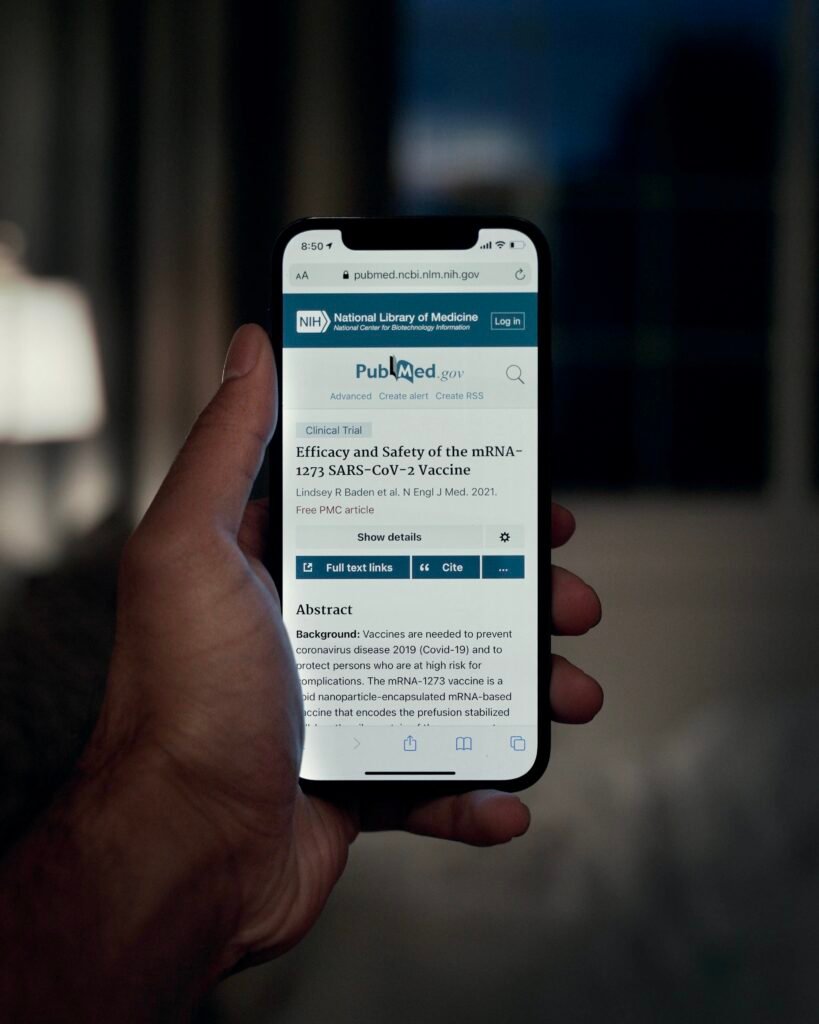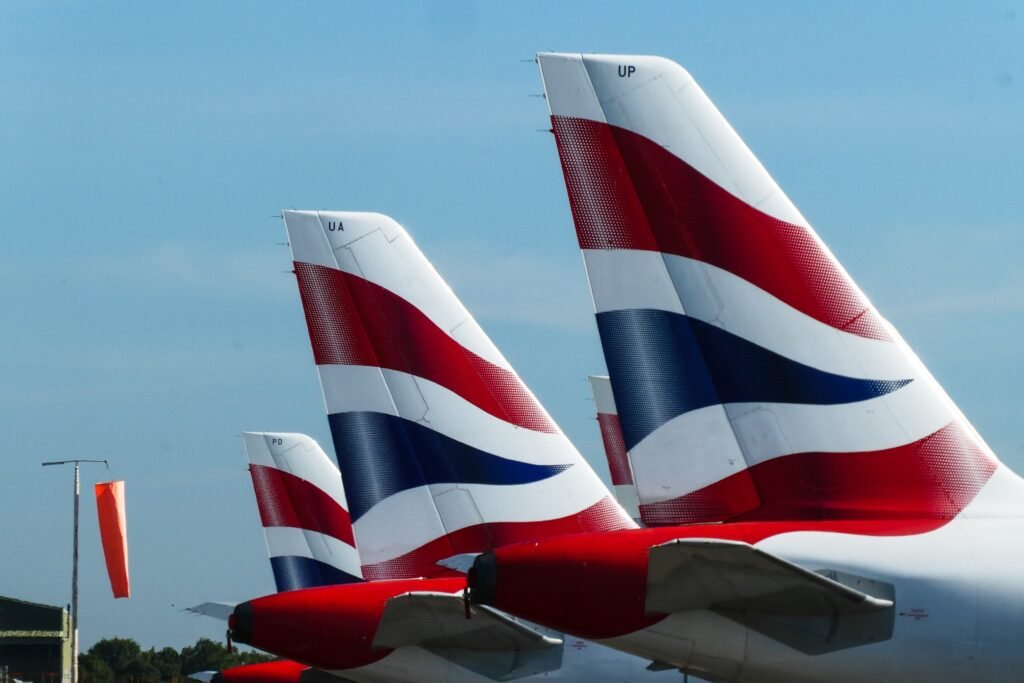Flying can be an exciting experience, but if you’re a diabetic, you may be wondering if you need a letter to ensure a smooth journey. The good news is, there’s no official requirement for diabetics to carry a special letter when flying. However, it’s important to know what precautions and preparations you should take to ensure a comfortable and safe trip. In this article, we will explore some key considerations for diabetics who plan to travel by air and provide tips on how to manage your condition effectively throughout your journey.
Understanding Diabetes and Air Travel
What is diabetes?
Diabetes is a chronic medical condition that affects the body’s ability to regulate blood sugar levels. It occurs when the pancreas does not produce enough insulin or when the body cannot effectively use the insulin it produces. There are two primary types of diabetes: type 1, which is typically diagnosed in childhood, and type 2, which is more common in adults and often associated with lifestyle factors such as obesity and inactivity. Diabetes management involves careful monitoring of blood sugar levels, making healthy food choices, and taking medications or insulin injections as prescribed.
The importance of managing diabetes while traveling
Managing diabetes is crucial for overall health and wellbeing, and this is especially true during air travel. Traveling, particularly via air, can disrupt routine schedules, expose individuals to different time zones and climates, and may present challenges in accessing appropriate food options. In addition, the stress and excitement of traveling can affect blood sugar levels. Therefore, it is essential for diabetics to have a plan in place to manage their condition while traveling, ensuring a safe and enjoyable journey.
Potential challenges for diabetics during air travel
Air travel presents unique challenges for diabetics due to factors such as changes in meal times, limited food options, security screenings, and being seated for long periods. These challenges can impact blood sugar control and require careful planning and preparation. It is essential to understand the potential challenges and have strategies in place to address them effectively.
Understanding Travel Regulations for Diabetics
Airline policies regarding medical conditions
Different airlines have varying policies when it comes to passengers with medical conditions, including diabetes. It is important to research and familiarize yourself with the policies of the airline you will be flying with to ensure a smooth travel experience. Some airlines may require specific documentation or advance notice to accommodate passengers with medical conditions.
Do diabetics need a letter to fly?
While the requirement for a letter may vary depending on the airline and country of travel, it is generally recommended that diabetics carry a letter from their healthcare provider. This letter should outline the need for carrying medications, supplies, and any special dietary requirements. While it may not always be mandatory, having a letter can help streamline the security screening process and ensure a hassle-free journey.
Recommended documentation for diabetic travelers
In addition to a letter from your healthcare provider, it is advisable to carry other essential documents when traveling with diabetes. These may include a medical alert card or bracelet, insurance information, a list of emergency contacts, and a copy of your prescription. These documents can provide crucial information to medical professionals in case of an emergency and help prevent any potential complications while traveling.

Preparing for Air Travel with Diabetes
Consulting with the healthcare team before the trip
Prior to embarking on your journey, it is important to consult with your healthcare team to ensure that you are well-prepared for air travel. They can provide guidance on managing blood sugar levels during the flight, adjusting medication schedules, and addressing any specific concerns or considerations related to your diabetes management. This consultation will help you create a comprehensive diabetes care plan for the duration of your travel.
Checking blood sugar levels and preparing necessary supplies
It is crucial to regularly check your blood sugar levels leading up to your flight and during your trip. This will help you monitor and manage your diabetes effectively. Additionally, be sure to pack a sufficient supply of medications, insulin, glucose monitoring devices, lancets, and test strips. It is recommended to carry more supplies than needed in case of any delays or unexpected situations.
Preparing a diabetes care plan for the flight
Developing a diabetes care plan specifically tailored for air travel is essential to ensure a smooth journey. This plan should include information on when and how often to check blood sugar levels, guidelines for insulin or medication administration, instructions for managing meals and snacks, and strategies for staying hydrated. Consider discussing this plan with your healthcare team to obtain their expert advice and make any necessary adjustments based on the duration of the flight and anticipated mealtimes.
Carrying Medications and Supplies
Understanding transportation regulations for diabetes supplies
It is important to familiarize yourself with the transportation regulations for carrying diabetes medications and supplies, both in carry-on and checked baggage. Most airlines allow passengers to carry medications, insulin, syringes, and other necessary supplies in their carry-on baggage. However, there may be restrictions on the quantity of liquids, the need for appropriate storage, and the requirement of specific documentation.
Organizing medications and supplies for security checks
To ensure a smooth security screening process, it is advisable to organize your medications and supplies in a clear, transparent bag. This allows security officers to easily inspect the contents without causing any delays or confusion. Keep all your supplies together, including your blood glucose meter, lancets, and test strips, to make it convenient for screening purposes.
Informing the airline and security officers about medical supplies
To avoid any potential issues during security screenings, it is recommended to inform the airline and security officers about your medical supplies before the screening process begins. This will allow them to provide appropriate guidance and support, ensuring a seamless experience. Remember, it is crucial to be proactive and advocate for your needs to ensure your diabetic supplies are handled with care.

Managing Diabetes during the Flight
Monitoring blood sugar levels during the flight
During a flight, it is important to regularly monitor your blood sugar levels to ensure they remain within an acceptable range. The stress of flying, changes in meal times, and altered physical activity levels can all influence your blood sugar levels. Carry a blood glucose meter with you and test your blood sugar as recommended by your healthcare team. If necessary, adjust your insulin or medication dosage accordingly.
Managing meals and snacks on board
Individuals with diabetes require a balanced diet to maintain stable blood sugar levels. However, standard airline meals may not always align with your dietary requirements. Preparing for this by packing some healthy snacks such as fresh fruits, nuts, or granola bars can help you manage your blood sugar during the flight. It is also important to communicate any special dietary needs to the airline in advance to ensure suitable meal options are available.
Staying hydrated and avoiding complications
Proper hydration is crucial for everyone, including diabetics, during air travel. Drink plenty of water throughout the flight to prevent dehydration, which can adversely affect blood sugar levels and overall health. However, be mindful of the sugar content in beverages and opt for water or unsweetened drinks whenever possible. In addition to staying hydrated, try to move around periodically during the flight to promote circulation and prevent complications such as blood clots.
Dealing with Emergencies and Unexpected Situations
Preparing for emergencies during air travel
Being prepared for emergencies is important for all travelers, especially those with medical conditions such as diabetes. Always carry a rapid-acting carbohydrate source, such as glucose tablets or gel, in case of low blood sugar (hypoglycemia). Inform a flight attendant and any travel companions about your condition, ensuring they are aware of the signs and symptoms of a diabetic emergency. Additionally, keep emergency contact information easily accessible for yourself and others.
Dealing with flight delays and cancellations
Flight delays and cancellations are common occurrences in air travel and can disrupt diabetes management plans. In these situations, communication is key. Notify the airline staff about your medical condition and any urgent medication or supplies you may require. They may be able to provide assistance, such as access to a secure storage area for perishable items or making arrangements for necessary medical support at your destination.
Seeking medical assistance at the destination
If you experience any medical concerns or complications related to diabetes during or after the flight, it is important to seek medical assistance promptly. Familiarize yourself with the medical facilities at your destination before you travel. In cases of emergency, don’t hesitate to contact emergency services or your travel insurance provider for guidance on receiving timely and appropriate medical care.

Support and Assistance for Diabetic Travelers
Accessible facilities and services at airports
Many airports offer accessible facilities and services to cater to the needs of individuals with medical conditions, including diabetics. These may include reserved seating, assistance with mobility, priority boarding, designated quiet areas for relaxation, and accessible restrooms. Familiarize yourself with the specific services and amenities available at the airports you will be transiting through to ensure a comfortable travel experience.
Medical services and assistance during the flight
Most airlines have trained cabin crew members who can provide basic medical assistance during the flight. They can help with minor health issues and offer guidance on managing your diabetes while in the air. However, it is important to note that cabin crew members are not healthcare professionals. In case of a serious medical concern, they can communicate with medical experts on the ground for further guidance and support.
Support available for diabetic travelers
Diabetic travelers can find support through various resources and organizations dedicated to assisting individuals with diabetes. These organizations often provide helpful information, tips, and advice on traveling with diabetes. They may also offer support groups or forums where you can connect with other individuals who have firsthand experience in managing their diabetes while traveling. Take advantage of these resources to gain valuable insights and find support throughout your journey.
Tips for a Smooth Journey
Arriving at the airport early for ample time
To avoid unnecessary stress and ensure a smooth travel experience, arrive at the airport well in advance. This allows ample time for check-in procedures, security screenings, and any additional assistance or accommodations you may require. Arriving early also gives you the opportunity to familiarize yourself with the airport layout and locate essential facilities such as restrooms and medical stations.
Informing the airline about special dietary needs
Communicating your special dietary needs to the airline before your flight is crucial to ensure suitable meal options are available. Most airlines require advance notice for special dietary requirements, including diabetic-friendly meals. Providing this information in advance allows the airline to make any necessary arrangements and ensures that your nutritional needs are met during the flight.
Wearing a diabetes medical identification
Wearing a diabetes medical identification, such as a bracelet or necklace, can provide important information to medical professionals in case of an emergency. This identification should include your name, the fact that you have diabetes, and any specific instructions or contact information. A medical identification can help ensure that appropriate care is provided promptly, even if you are unable to communicate your medical condition yourself.
Benefits of Obtaining a Letter
Providing evidence of medical condition for security purposes
Obtaining a letter from your healthcare provider serves as evidence of your medical condition to security officers during airport screenings. This can help facilitate the security process by providing clarity on the need for carrying medications, supplies, and any dietary requirements. It acts as a form of documentation that outlines the legitimacy of your needs as a diabetic traveler.
Ease of crossing international borders
When traveling internationally, a letter from your healthcare provider can simplify the process of crossing borders. It serves as official documentation that explains your medical condition and the necessity of carrying medications and supplies. Having a letter can prevent any unnecessary delays or complications at customs and immigration checkpoints.
Clearance for carrying necessary supplies
Carrying necessary medications, insulin, and supplies is crucial for diabetics during air travel. However, these items may be subject to certain restrictions, especially in terms of quantities and storage. With a letter from your healthcare provider, you can often obtain clearance to carry an appropriate amount of supplies without any issues. This ensures that you have everything you need to effectively manage your diabetes while traveling.
Conclusion
Understanding the travel requirements for diabetics
Traveling with diabetes requires proper preparation and awareness of the specific requirements and challenges associated with managing the condition during air travel. By understanding the importance of diabetes management, being aware of airline policies and regulations, and effectively preparing for the journey, you can ensure a safe and enjoyable experience.
Ensuring a safe and enjoyable journey
With careful planning and proactive management, individuals with diabetes can enjoy air travel while minimizing the potential risks and complications associated with the condition. By following the tips and recommendations outlined in this article, you can embark on your journey with confidence, knowing that you have taken the necessary steps to ensure a safe and enjoyable travel experience. Remember, proper diabetes management is key, and seeking support from healthcare professionals and relevant organizations can provide additional guidance and peace of mind throughout your journey.

